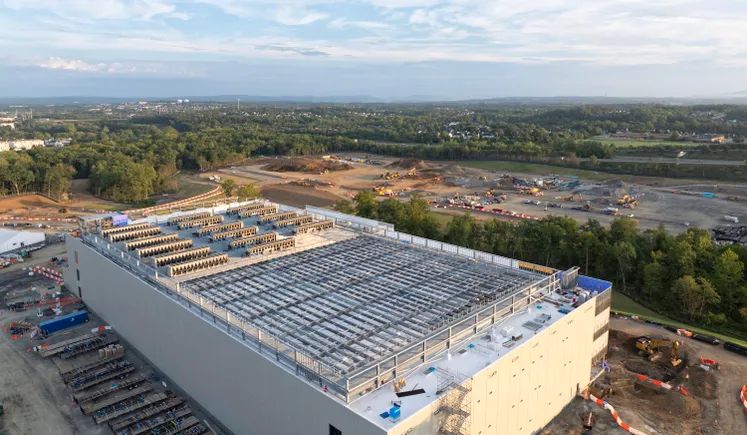
Cloud data centers get bigger, denser amid AI building boom
- 21.03.2025 19:17
- ciodive.com
- Keywords: AI, Data Center
Leading cloud providers are rapidly expanding hyperscale data centers due to AI growth. The average size of new facilities is increasing, with over 1,000 large data centers operational last year.